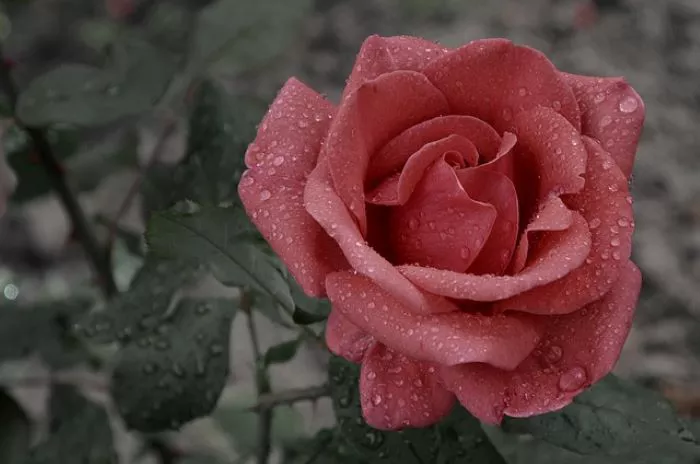Flowers are one of nature’s most beautiful creations. They come in a wide variety of shapes, sizes, and colors. Understanding the main types of flowers can enhance our appreciation of their beauty and help us choose the right flowers for different occasions. This article explores the main types of flowers, their characteristics, and their significance.
Annual Flowers
Annual flowers complete their life cycle in one growing season. They germinate, bloom, produce seeds, and die within a year. Annuals are popular for their vibrant colors and long blooming periods. They are often used in gardens, borders, and containers.
Some common examples of annual flowers include marigolds, petunias, and zinnias. These flowers thrive in various conditions and can be planted in spring for summer blooms. Annuals are ideal for gardeners who enjoy changing their flower displays each year.
Perennial Flowers
Perennial flowers live for more than two years. They typically bloom in the spring or summer and return year after year. Perennials are known for their resilience and ability to adapt to different environments. They often have deep root systems that help them survive adverse conditions.
Examples of popular perennial flowers include daisies, peonies, and coneflowers. These flowers provide consistent beauty and can create a stable foundation for a garden. Many perennials also attract pollinators, making them beneficial for the ecosystem.
Biennial Flowers
Biennial flowers have a two-year life cycle. They grow leaves and roots in the first year and bloom in the second year. After flowering and producing seeds, biennials typically die. This life cycle makes them unique among flower types.
Common examples of biennial flowers include foxglove and hollyhock. These flowers can add variety to gardens, as they provide blooms in their second year. Gardeners often plant biennials alongside annuals and perennials to create a diverse landscape.
Wildflowers
Wildflowers are native flowers that grow in the wild without human intervention. They are adapted to their local environments and often thrive in specific conditions. Wildflowers can be annuals, perennials, or biennials, depending on the species.
Examples of wildflowers include bluebells, poppies, and black-eyed Susans. These flowers are essential for maintaining biodiversity and supporting local ecosystems. Wildflowers often attract pollinators such as bees and butterflies, contributing to the health of the environment.
Cut Flowers
Cut flowers are flowers that are harvested and used for arrangements, bouquets, and decorations. They can come from annuals, perennials, or even wildflowers. Cut flowers are selected for their beauty, fragrance, and longevity after being cut.
Popular cut flowers include roses, lilies, and tulips. These flowers are commonly used in floral arrangements for special occasions such as weddings, birthdays, and holidays. Proper care is essential to prolong the life of cut flowers, including regular water changes and trimming stems.
Flowering Shrubs
Flowering shrubs are woody plants that produce flowers. They can be deciduous or evergreen and often provide seasonal interest in gardens. Flowering shrubs are valued for their size, structure, and the beauty of their blooms.
Examples of flowering shrubs include hydrangeas, azaleas, and lilacs. These plants can add height and texture to landscapes while offering beautiful blooms. They are often used in borders, hedges, and as focal points in gardens.
Tropical Flowers
Tropical flowers are known for their exotic beauty and vibrant colors. They thrive in warm, humid climates and are often associated with tropical regions. Tropical flowers can be used in gardens, indoor arrangements, and as houseplants.
Examples of tropical flowers include hibiscus, orchids, and bird of paradise. These flowers are popular for their striking appearance and unique shapes. They can add a touch of the tropics to any garden or home.
Edible Flowers
Edible flowers are not only beautiful but also safe to eat. They can enhance the flavor and presentation of dishes. Many edible flowers are used in salads, desserts, and beverages.
Examples of edible flowers include nasturtiums, pansies, and calendula. These flowers can add color and flavor to culinary creations. When using edible flowers, it is important to ensure they are grown organically and free from pesticides.
Conclusion
Flowers come in many types, each with its unique characteristics and significance. Annuals, perennials, biennials, wildflowers, cut flowers, flowering shrubs, tropical flowers, and edible flowers all contribute to the beauty of nature and our gardens.
Understanding the main types of flowers can help us appreciate their diversity and select the right blooms for various occasions. Whether for a garden, a special event, or culinary use, flowers enrich our lives in countless ways. By exploring different types of flowers, we can cultivate a deeper connection to nature and enjoy the beauty they bring to our world.


